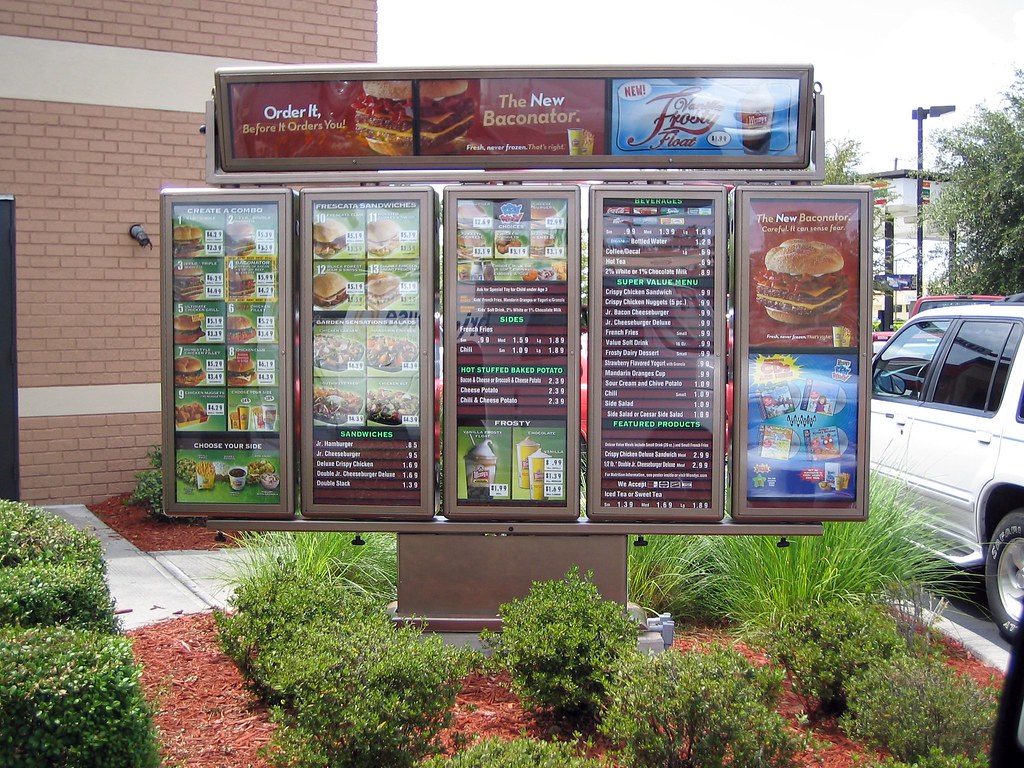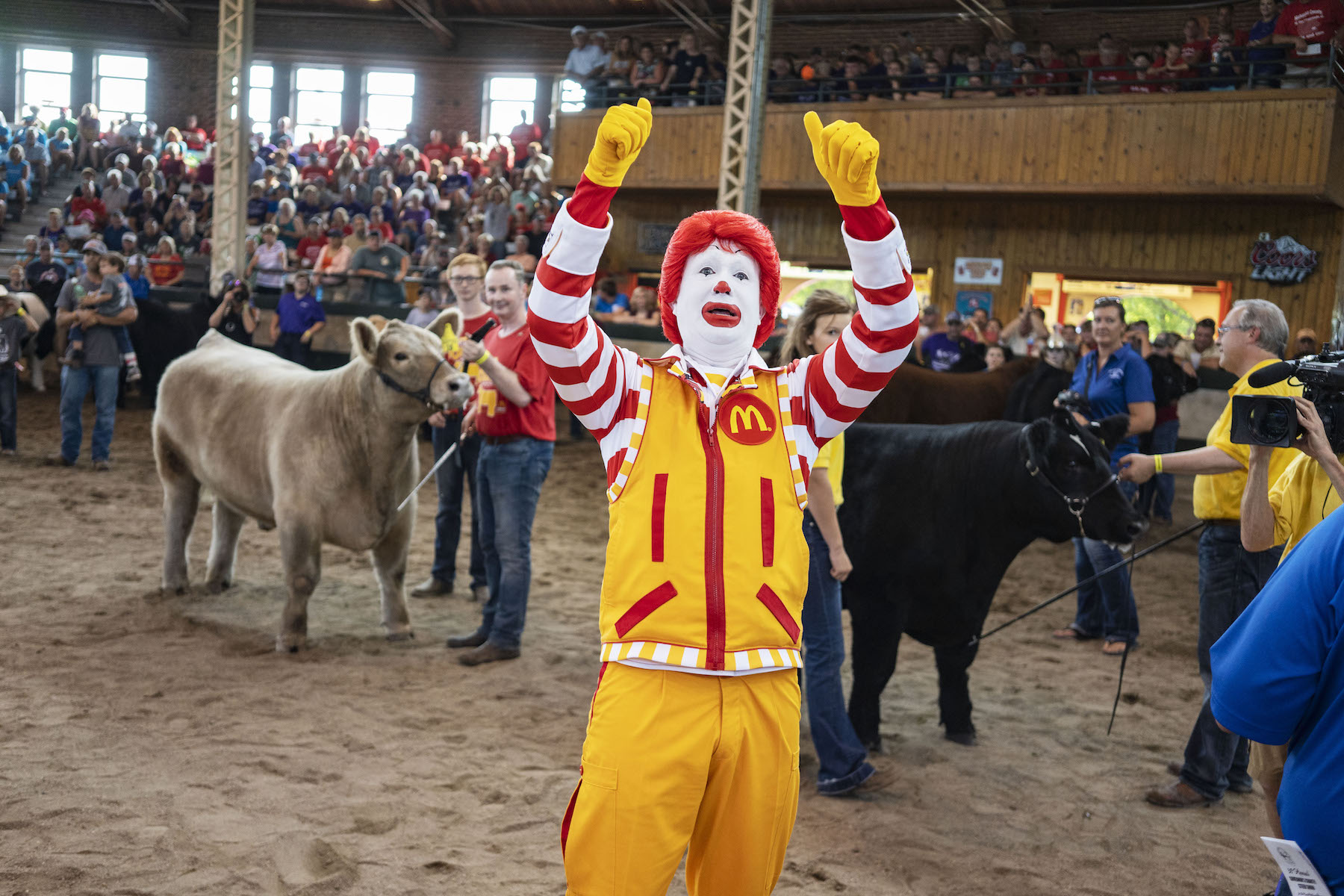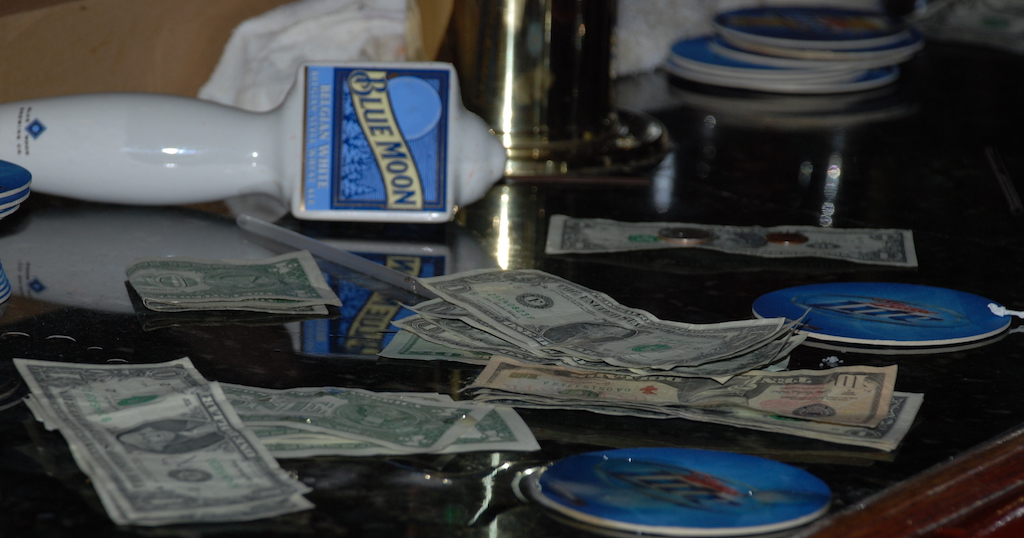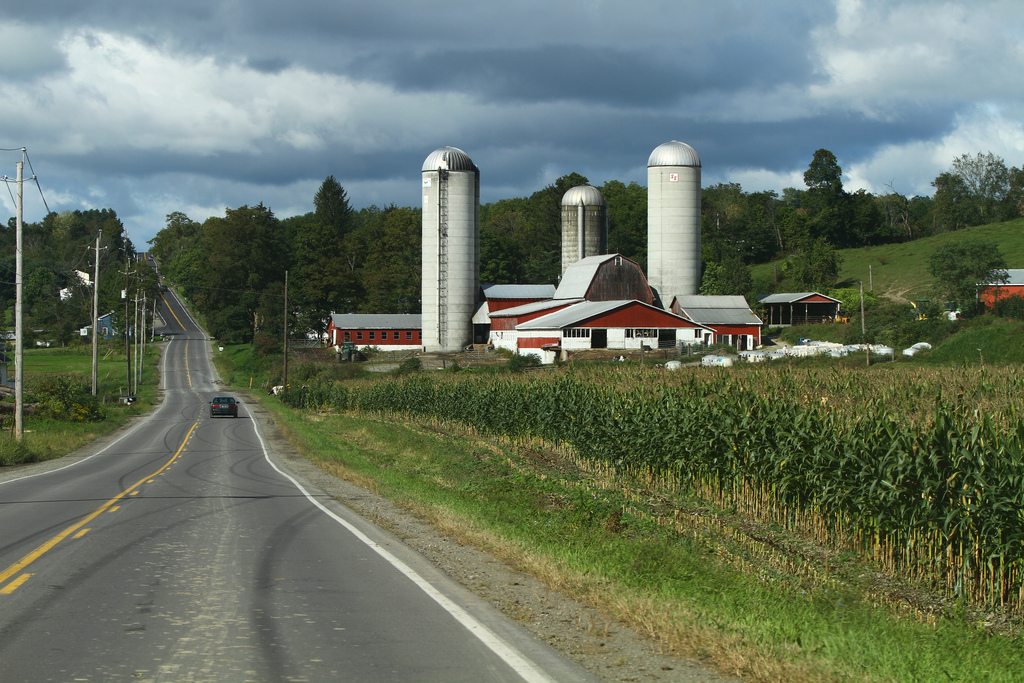The Minneapolis City Council on Thursday voted unanimously to prohibit new drive-through fast-food restaurants, drugstores, and banks. It’s the largest American city to enact such a ban.
Minneapolis, like many other big cities, already limits drive-throughs to specific areas, and bans them from pedestrian-friendly districts. To many, they’re considered a nuisance: Idling cars ratchet up traffic and noise and make the streets less friendly to walkers and bikers. As a result, the city receives few applications for the windows, with most coming from Walgreens, Starbucks, and Bank of America, according to planning documents.
But that hasn’t made passing a city-wide ban, which exempts existing drive-throughs, an easy breeze. Council President Lisa Bender, who sponsored the ordinance, first introduced a version back in 2016, which failed.
Opponents have objected to the ordinance on the grounds of convenience. A local Walgreens developer told The Minneapolis Star-Tribune that parents especially preferred being able to pick up what they need from their cars, without the trouble of taking their kids out of car seats. The paper’s own editorial board agreed, saying that drive-throughs were a necessary modern comfort. “Does anyone really want to walk up to an ATM on a bitter winter night and stand, exposed, waiting for cash to be dispensed?” the paper asked.
Since Bender reintroduced the ban last year, the most vocal opposition has come from an advisory committee on people with disabilities, which submitted a letter stating the ban would impact those with limited mobility. Committee members disagree, saying that existing pharmacies would be unaffected.
Drive-through windows have long been associated with the fast-food phenomenon. In-N-Out Burger, which opened in 1948, claims to have been the first to use a two-way speaker system, allowing customers to order food from the driver’s seat. McDonald’s didn’t open its first drive-through until 1975, but now the system accounts for the majority of its business, Slate has reported. That tight bond might lead you to believe that Minneapolis is outlawing drive-throughs for personal health reasons, as Baldwin Park, California—the home of In-N-Out—did with a nine-month moratorium, back in 2010, to curb obesity. But it’s actually for climate reasons.
Last year, the city council passed an ambitious update to the general plan, called Minneapolis 2040, to make the city environmentally sustainable. That included amendments to promote walking and biking and decrease driving by eliminating some of its infrastructure. Drive-throughs and new gas stations were both targeted in the plan. The transportation sector is responsible for the majority of greenhouse gas emissions, according to data from the Environmental Protection Agency (EPA).
Besides the emissions from idling cars, eliminating drive-through traffic is likely to make Minneapolis streets safer, and more conducive to walking. As CityLab has pointed out, urban driveways, like those that encircle the pharmacies and fast-food joints, are associated with collisions of all kinds, between cars, cyclists, and walkers.
It’s worth noting that Minneapolis isn’t the only American city to ban the drive-through window. Falcon Heights, a nearby suburb, imposed a moratorium in 2006, before eventually allowing drive-throughs only at banks. San Luis Obispo, California has prohibited them since 1982, to reduce litter and air pollution. (McDonald’s tried to overturn it, but failed.) So have many Canadian cities, beginning with Toronto in 2002.
But Thursday’s vote officially makes Minneapolis the first major American city to prohibit a mainstay of modern American living. The ordinance goes into effect on August 17.











